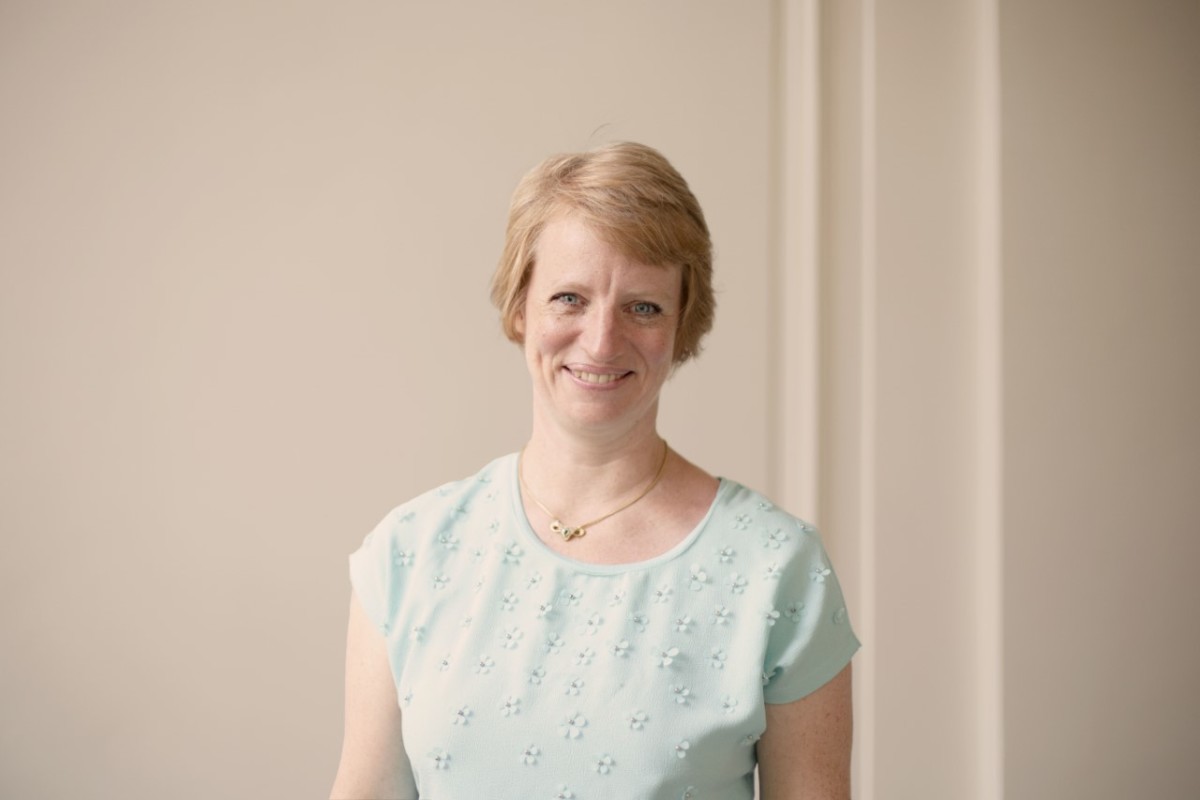GUEST LECTURE
Haowen Jiang: Inclusory constructions in Formosan languages

Date
27. 11. 2019 13:00
Location
Trainee centre 3.40, Vodární 6, Olomouc
Abstract
This talk addresses synchronic types, diachronic changes, and implicational relationships of inclusory constructions in Formosan languages. Inclusory constructions are often made up of a plural pronominal and an NP, but they refer to the singular counterpart of that pronominal in conjunction with that NP. The plural pronominal is then said to be “inclusory” since it refers to the superset of a group whereas the NP is called the “included NP” because it refers to the subset of that same group. Globally speaking, inclusory constructions are concentrated in Austronesian languages, to which all Formosan languages belong, and sporadically found in Indo-European (e.g. Slavic), Afroasiatic, and Finno-Ugric languages as well as those of the Americas. We focus on the following six topics in this talk. The first one is the morphosyntactic expressions of the superset and subset, followed by the reconstruction of inclusory constructions. On the basis of previous reconstructions, we argue that Proto-Austronesian would at least have the form “*Mstem=mi[a] ka=Xi N” (which means ‘the speaker and a person named N perform together some action as expressed by the Mstem verb’). In this reconstruction, the marker that introduces the subset is bimorphemic, which helps to account for the special constraint on the case selection of the subset NP in languages where the subset marker is monomorphemic. The third issue is related to the implicational relationships of inclusory nouns with respect to three other constructions with plural referents. We demonstrate three implicational relationships involving inclusory nouns, which help to account for their rarity across languages. Next comes the testing of Moravcsik’s (2003) Uniqueness Hierarchy, specifically the part of “I > II > III > proper name”, for predicting the relative tendency of different nominal types acting as the superset of inclusory constructions. One unexpected outcome is that proper names as the superset do not imply third person pronominals as the superset. The fifth part is on the constraining factor for a subset marker to express the additive sense on top of the inclusory one. Given the same Person Hierarchy “I > II > III”, it is found that the inclusory sense starts from left to right whereas the additive sense spreads from right to left. Finally, we look into clusivity in inclusory constructions and propose the following hierarchy based on speech act roles: {speaker only plus a third party} > {hearer only plus a third party} > {speaker and hearer plus a third party}. Compared with traditional Person Hierarchy, this hierarchy better predicts the applicability of plural pronominals in inclusory constructions and supports Daniel’s claim (2005) that inclusive pronominals are neither first person nor second person.
Bio
Dr. Haowen Jiang received his first MA from National Taiwan University, with his MA thesis exploring spatial expressions in Kavalan, a moribund Austronesian language of Taiwan. He obtained his second MA and PhD at Rice University, where he studied with Prof Masayoshi Shibatani and completed his PhD dissertation on possession and nominalization/relativization in Formosan languages. Then he was awarded the Boya Postdoctoral Fellowship by Peking University, where he finished a postdoc thesis on associative plural and inclusory constructions in Formosan languages. His other research interests include demonstratives, personal pronouns, tense/aspect in Formosan, classifiers in Kra-Tai, and comparative syntax of Chinese dialects. Dr. Jiang was recently recruited by Zhejiang University via the Hundred Talents Program.








